Budding DefinitionA condition when development starts is referred to as "budding" in a generic sense. In biology, it is used to describe the bud-formation process, which occurs in both unicellular (such as bacteria and yeast who are in the process of budding) and multicellular organisms. What is Budding?In biology, budding refers to the development of an organism's protrusion (bud). The bud has the capacity to grow into a new person. Gemmation is another name for this procedure. The gemmation process complies with the emerging definition. A bud develops from the tissue of the "parent" to become a new person. Budding is an example of asexual reproduction since no gametes are used in the procedure, and the "offspring" is really a clone of the parent. It involves somatic cells as opposed to sex cells. They divide through mitosis and produce fresh populations of units that have the same genetic makeup. Several prokaryotes and eukaryotes use the process of asexual budding as one of their reproductive strategies. 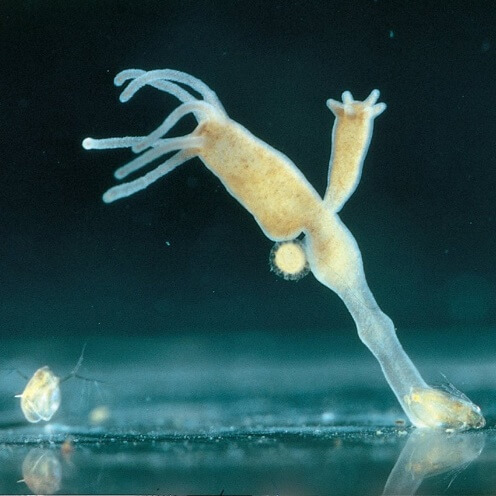
In areas of biology other than reproduction, budding serves different purposes. The term "budding" in embryology describes the structures that arise during embryonic differentiation as invaginations from pre-existing elements. A bud is a bulge created by certain viruses when they utilize a piece of the cellular membrane to exit the cell, according to the field of virology. A piece of the host's cell membrane develops into the virus's outer membrane. This allows the virus to exit the cell without losing its host cell. The remaining viruses may thus continue to spread within the host cell. Budding in HydraThe class Hydrozoa of the phylum Cnidaria includes the multicellular aquatic creatures of the genus Hydra. They are indigenous to both tropical and temperate climates. They are an intriguing study topic since they have a unique quality of regeneration. They are capable of both sexual and asexual reproduction. Budding is the most typical asexual reproductive strategy used by Hydra. 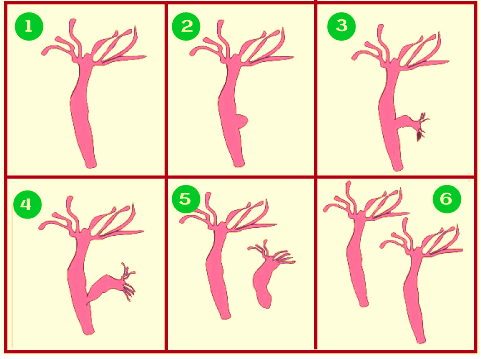
In hydra, repeated mitotic cell divisions at a single place result in the development of a bud as an outgrowth. These buds grow into little people with developing mouths and tiny tentacles. At reaching complete maturity, the child separates from the parent's body and emerges as a brand-new, autonomous being. In order to reproduce, Hydra possesses unique regenerative cells, and these cells are crucial to the budding process. The parent hydra undergoes successive phases of budding, as seen in the illustration below:
Budding in YeastYeast cells both of haploid & diploid species divide through budding. One unbudded cell marks the beginning of the cell division cycle. The nucleus splits, this unit buds, the bud enlarges to almost the shape of the mother cell, as well as the homologous pairs split into separate unbudded cells. The cycle then starts all over for both cells. The count of cells increases exponentially as a consequence, doubling every two cell division cycles, which is equivalent to the mean corpuscular cycle duration. This may be as little as an hour and depends on the tension, the cultivation conditions, and the temperature. If growth continues at this pace, a single cell might one day become a little colony. 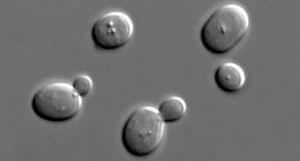
The way yeast cultures develop is comparable to the way bacteria grow. Before beginning to divide, the cells need time to prepare for the inoculation of a growth media. They quickly start the exponential phase after this lag period, which might last up to many hours, in which their population and weight double at regular spacing. A certain environmental factor becomes growth-limiting after a period of expansion at a roughly constant exponential rate, which causes the rate of rise to decline and growth to finally come to an end. Mass and population remain unchanged. During many hours, the culture is stationary, and the cells are still alive; if the culture is refrigerated, the cells are still alive for months. At ambient temperature or warmer, the cells will undergo autolysis, during which their own digestive juices become engaged and physically digest the dying cells, breaking down the proteins and nucleotides into simpler parts while emitting a particularly foul odor. In aerobic conditions, regular yeast can grow aerobically, or without oxygen, it may grow anaerobically. They may assist growth when there are aerobic growth conditions by oxidizing simple carbon sources like ethanol, acetate, or glycerol. They will totally oxidize their carbon sources, often glucose, to co2 and water if they have access to enough oxygen. Without oxygen, yeast can only break down carbohydrates into CO2 and CH3OH under anaerobic circumstances, recovering less energy. Growth will be constrained in either scenario by a nutritional deficiency or toxin buildup. Types of Budding1. T - budding: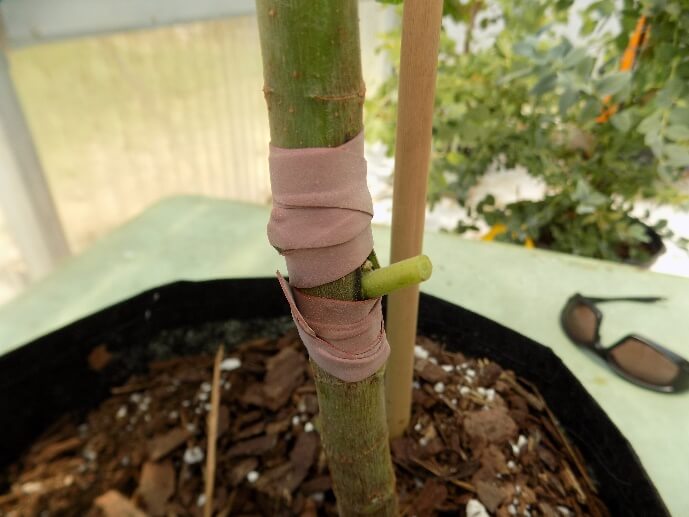
It is an easy form of grafting (propagating), where a bud rather than a shoot is attached to a rootstock to make a new plant. It sounds complicated but, with practice, can be mastered by anyone and, as just one bud is needed to make a rose or tree, it is very economical. T-budding is utilized for roses, but it may also be used to grow a variety of trees. Despite neither being as technically challenging as grafting, some individuals perceive T-budding to be simpler than chip budding. In chip budding, the stock stem is firmly connected to a bud on a thin piece of wood that precisely fits a notch in the rootstock. A wood piece with several blooms is grafted onto the rootstock. 2. Patch Budding: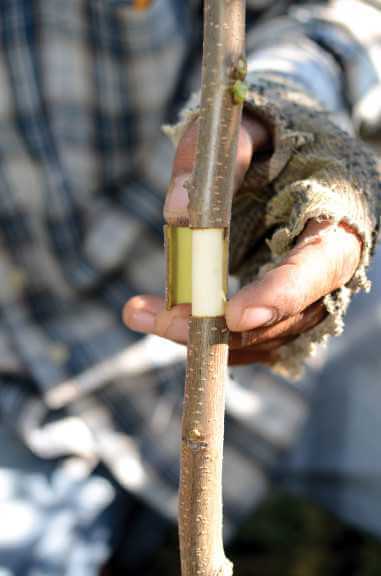
For tiny tree stumps or branches with a diameter of 3/8 to 1 12 inches, patch budding could be employed. By inserting the bud on young, vigorous sprouts driven into development close to a cut end of the limbs, bigger trees which have been pruned off could also be patch budded. In the springtime of the next season, trees that were pruned during one dry period may have patch budded. ConclusionIn the field of horticulture, the phrase "budding" describes a technique for plant multiplication in which the bud of the target plant is transplanted onto the stalk of a different plant. While binary fission and budding are asexual reproduction techniques, however, they vary in that the parent organism survives in the latter while the former loses the parent cell following cell division.
Next TopicChemical Reaction Definition
|
 For Videos Join Our Youtube Channel: Join Now
For Videos Join Our Youtube Channel: Join Now
Feedback
- Send your Feedback to [email protected]
Help Others, Please Share









